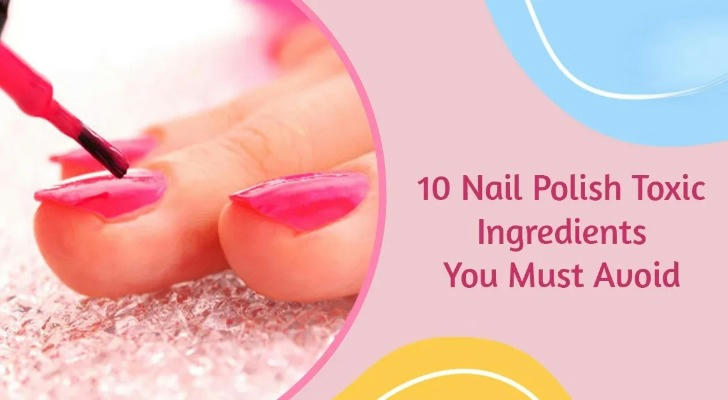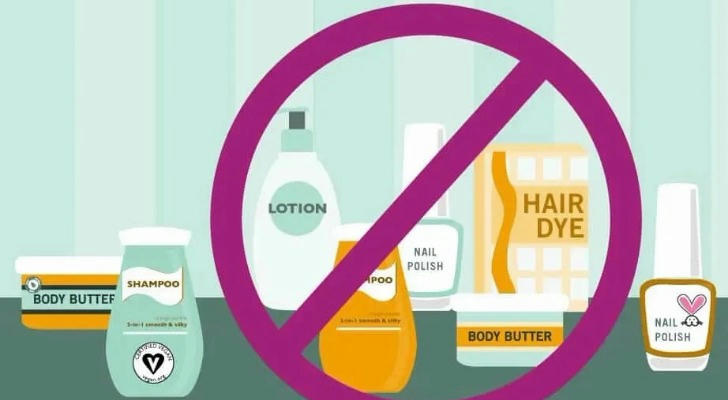Ingredients to Avoid in Nail Products
Nail care is a regular part of many routines, but few people take time to consider what's actually in the products they use. Certain ingredients found in nail polish, hardeners, and removers have been associated with potential health risks. Understanding which components deserve a second look can help consumers make more informed decisions about what they apply to their nails and skin.

Why Ingredients in Nail Products Matter
Nail products are often applied directly to nails and surrounding skin and may stay in place for days. Repeated use over time can result in absorption of certain chemicals or exposure through inhalation. This is particularly relevant when nails are thin, damaged, or when products are applied in areas with poor ventilation.
The Group of High-Risk Ingredients: What to Know
Some substances found in nail products have drawn attention from scientists, regulators, and health-conscious consumers. Among them, three specific chemicals are frequently cited for their potential negative effects:
1. Formaldehyde
Function: Used as a hardening agent and preservative.
Concerns: Formaldehyde has been classified as a known human carcinogen by the International Agency for Research on Cancer (IARC). In nail formulas, it may lead to skin sensitivity, respiratory problems, and allergic reactions, especially with prolonged exposure.
Reference: U.S. Department of Health and Human Services, Report on Carcinogens.
2. Toluene
Function: Enhances application by allowing polish to spread evenly.
Concerns: Toluene has been linked to short-term symptoms such as dizziness, nausea, and headaches. Extended exposure may affect the central nervous system and could be particularly concerning during pregnancy.
Reference: Agency for Toxic Substances and Disease Registry (ATSDR).
3. Dibutyl Phthalate (DBP)
Function: Used to increase polish flexibility and prevent cracking.
Concerns: DBP is associated with potential endocrine disruption. Some studies have raised concerns about its impact on reproductive health. Its use is restricted in cosmetic products in certain regions, including the European Union.
Reference: European Commission on Endocrine Disruptors.
Additional Ingredients of Concern
Beyond the better-known ingredients, several others may also warrant caution:
4. Camphor
Function: Adds shine and smoothness to nail polish.
Concerns: In significant quantities, camphor may trigger headaches, dizziness, or nausea. It may also irritate skin or cause allergic reactions.
5. Ethyl Tosylamide

Function: Increases durability of nail lacquer.
Concerns: Some regulatory agencies have restricted this compound due to links to antimicrobial resistance. It has also been flagged in studies examining hormonal effects, although data is still emerging.
6. Triphenyl Phosphate (TPHP)
Function: Enhances flexibility and works as a stabilizer.
Concerns: Research has suggested that TPHP may interfere with hormone regulation. A study published in Environmental International reported detection of this chemical in urine samples after use of polish containing it.
Reference: Environmental International Journal, 2015.
7. Xylene
Function: Helps maintain polish consistency and aids in drying.
Concerns: Xylene fumes may cause eye, nose, and throat irritation. Long-term exposure could lead to complications involving the liver or kidneys.
Interpreting Product Labels Without Marketing Buzzwords
Some nail brands highlight how many controversial ingredients their products avoid, using labels that mention exclusion of certain chemicals. While this information can be helpful, such descriptions are not regulated in the U.S. and may vary from one company to another. A more reliable approach is to review the full ingredient list and check for substances of concern individually.

Safer Nail Product Practices
There are several steps individuals can take to reduce exposure to harmful chemicals during nail care:
- Read the full ingredient list: Examine labels for known ingredients of concern rather than relying solely on promotional phrases.
- Use in well-ventilated spaces: Airflow can help reduce inhalation of fumes.
- Choose products with mild odors: Strong chemical smells may suggest a high concentration of volatile compounds.
- Give nails time to rest: Taking breaks between manicures can allow nails to recover naturally.
- Store properly: Nail products should be kept in cool, dry places to maintain stability and limit degradation.
Understanding Oversight and Responsibility
In the United States, nail products fall under the category of cosmetics, which are not subject to premarket approval by the Food and Drug Administration (FDA). While the FDA may act against misleading or harmful products, it typically does not review ingredients before they reach the market. Organizations like the Environmental Working Group and California’s Department of Toxic Substances Control provide ingredient databases that consumers can use for research and risk awareness.
Final Thoughts
Nail products can be both stylish and safe—if chosen carefully. Being aware of what goes into each formula helps support better choices and promotes long-term wellness. By learning to identify certain ingredients and understanding how they interact with the body, users can maintain their nail routines while taking steps toward safer self-care.
Knowledge and attentiveness in product selection make a measurable difference. With the right information, nail care can be both a form of expression and a conscious health choice
